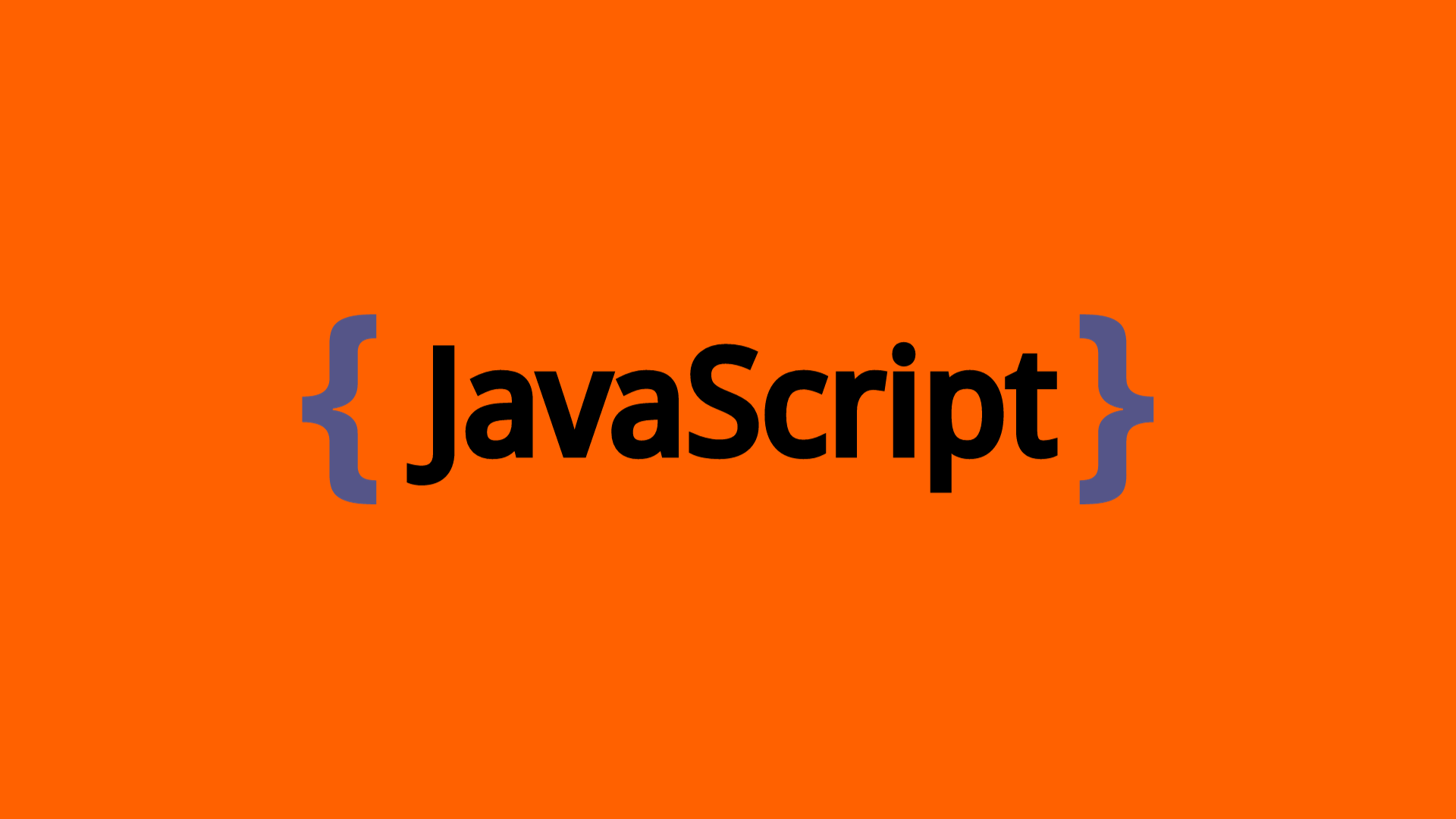JavaScript is a garbage collected programming language, meaning memory is allocated and freed up automatically. However, it is still possible for memory leaks to occur if references to objects or closures are unintentionally maintained. Memory leaks can cause applications to slow down and crash. In this article, we will explore what memory leaks are, identify 7 common causes, and discuss strategies to avoid them.
What is a Memory Leak?
A memory leak occurs when memory that is no longer needed is not released. In JavaScript, memory leaks happen when there are unintended references to objects that are no longer needed. The references prevent the garbage collector from freeing up the memory, causing it to accumulate over time.
Some signs that a memory leak may be occurring:
- Overall application slowness
- Higher memory usage over time
- Browser tab crashes
Memory leaks are detrimental because they degrade application performance. Identifying and fixing them should be a priority.
7 Common Causes of Memory Leaks in JavaScript
Here are 7 frequent causes of memory leaks in JavaScript web applications:
1. Global Variables
Globals variables in JavaScript are stored in the window object. If excessive global variables are created, they will occupy memory for the lifetime of the web page/application.
For example:
// Globals variables attached to window object
let counter = 0;
let name = 'John';Instead of globals, variables should be declared in the narrowest scope possible. Wrap code in immediately invoked function expressions (IIFE) to create local scopes.
2. Unreleased Event Listeners
Event listeners maintain a reference to the element they are bound to. If an event listener is forgotten and not removed when no longer needed, the reference remains and can cause a memory leak.
For example:
// Listener attached to button
const button = document.getElementById('my-button');
button.addEventListener('click', handleClick);
// Forgot to detach listener later
button.removeEventListener('click', handleClick); Make sure to use removeEventListener() when listeners are no longer needed.
3. Outdated References to Deleted DOM Elements
If a DOM element is deleted, any remaining references can prevent garbage collection.
For example:
// Get DOM element
const element = document.getElementById('container');
// Remove it from DOM
element.parentNode.removeChild(element);
// We still have a reference to it though!Be sure to delete references to DOM elements that are removed from the page.
4. Closures
JavaScript closures maintain a reference to their outer scope. In some cases, closures that are forgotten or abandoned can cause memory leaks.
For example:
function createLargeClosure() {
// Large data object
const largeArray = new Array(1000000).fill('x');
return function() {
// We still have a reference to largeArray!
};
}
const myClosure = createLargeClosure();
// We forget to call myClosure, so largeArray can't be GC'd!Care should be taken with closures that capture large data structures or objects that are no longer needed.
5. Improper use of setTimeout() and setInterval()
Callbacks inside setTimeout() and setInterval() hold a reference to the scope they were created in.
For example:
// Globally declared variable
let someResource;
setInterval(function() {
// If someResource changes, the old value is still referenced by the callback
let priorResource = someResource;
// Do something with priorResource
}, 1000);Always remember to cancel timeouts/intervals or avoid global references from callbacks.
6. DOM References in Removed Elements
References to DOM elements stored in JavaScript data structures can cause leaks if they outlive the elements.
For example:
“`js
const elementsCache = [];
function cacheElement(element) {
elementsCache.push(element);
}
// Element removed from DOM but stays in cache
document.body.removeChild(element);
Carefully remove cached DOM references if the elements themselves are removed.
### 7. Heavy Use of Anonymous Functions
While anonymous functions themselves do not directly cause memory leaks, they can accidentally contribute to them by making code harder to track and maintain.
Making extensive use of anonymous functions removes naming that can indicate purpose. If an anonymous function creates a closure over a large object, it won't be obvious from the name that pressing memory concerns are there.
For example:js
// Large data cached in closure, but no clear name
const processData = (function() {
const cachedData = { /* huge dataset */ };
return function() {
// Use cachedData
};
})();
“`
Naming functions properly makes code more maintainable and leaks less likely.
Preventing JavaScript Memory Leaks
Now that we have covered common causes of memory leaks, here are some general strategies to avoid them in your applications:
- Minimize globals – Avoid excessive use of global variables, use local scopes.
- Delete outdated references – If DOM elements are deleted or data structures no longer used, delete the old references.
- Carefully remove event listeners – Detach unnecessary event listeners to avoid lingering references.
- Clean up timeouts/intervals – Cancel any callbacks that will be discarded to allow garbage collection.
- Watch complex closures – Avoid caching large datasets in closures that won’t be freed.
- Name functions clearly – Give functions proper names to understand closures’ purposes.
- Detect leaks early – Check memory usage and leaks during development to identify issues.
- Limit unnecessary caches – Avoid storing excessive DOM references or other data in caches.
Proper memory management will ensure your JavaScript web apps avoid annoying memory leaks. Following best practices like limiting globals, releasing references, and using native features like WeakMap can help. Carefully handling advanced features like closures is key. With proper diligence during development, you can keep memory usage smooth and optimal.
Conclusion
Memory leaks are an unavoidable part of JavaScript programming. However, we can avoid many issues by understanding common causes like global variables, unused event listeners, outdated DOM references, heavy use of closures, and more. Using proper naming, scope management, and careful clean up of unused resources can go a long way. Identifying leaks early in development is also critical. By keeping these guidelines in mind, you can write JavaScript code that avoids clogging up memory over time.





